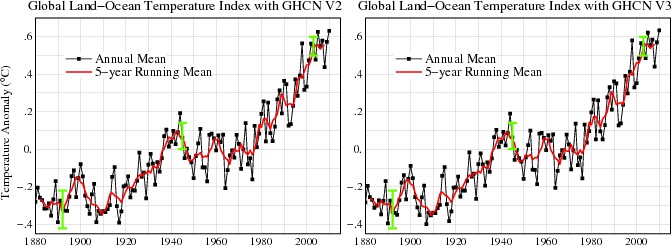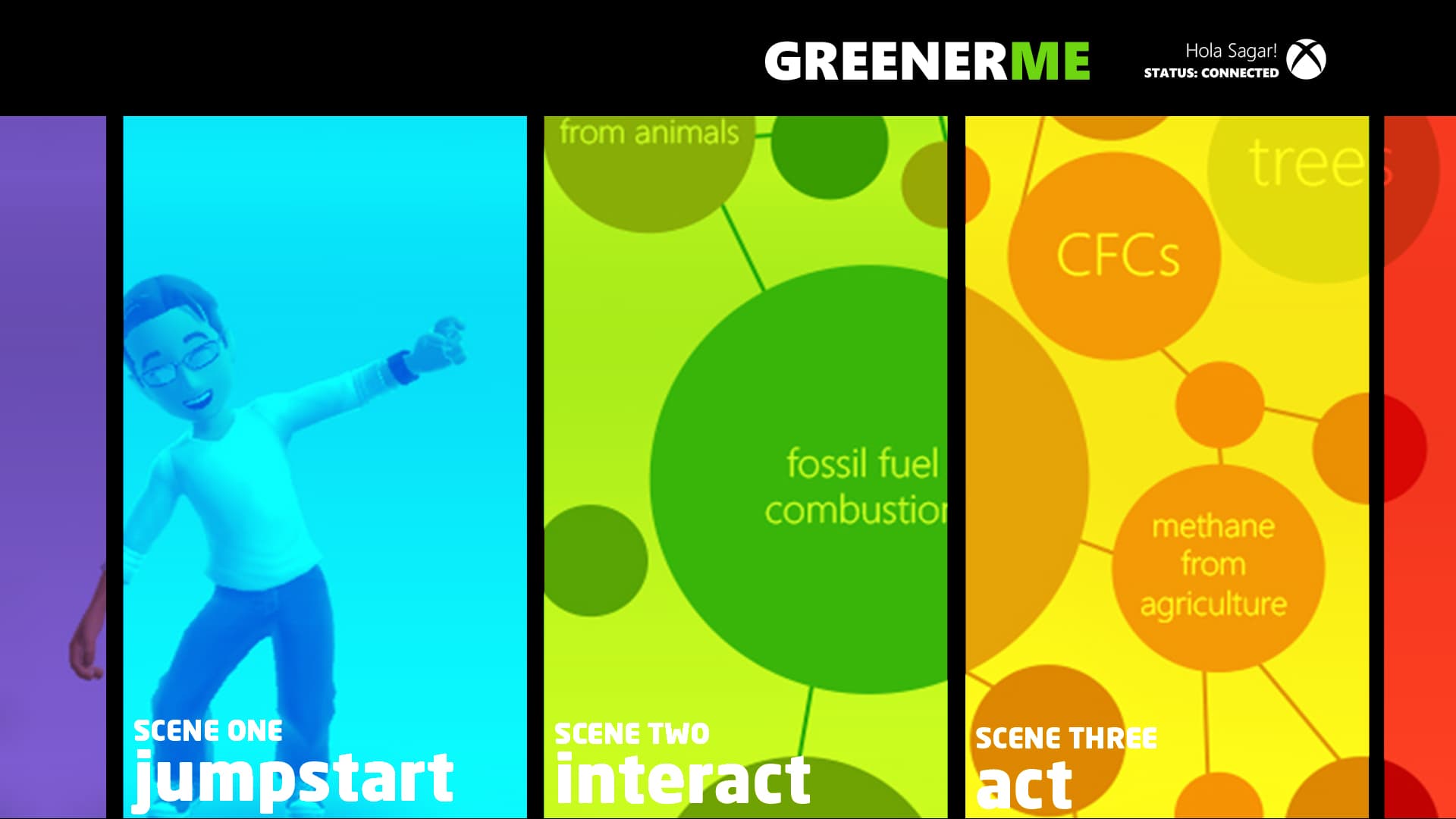Greener Me
Greener Me was an experimental game I designed which involved constructing an immersive data driven 3D environment, with the aim of providing users with a fluent way to realize the gravity of complex mathematical data. The fundamental concept behind this experiment was the use of visual and immersive experience with factual data to assist the user in assimilating the information that the often complex data model was trying to convey.
The game was designed as an attempt to represent statistical information about energy patterns in a physical form, allowing players to navigate their avatars/vehicles in environments constructed from climate change statistics obtained from IPCC and NASA. The rendering of these environments was achieved through Unity3D, while the motion tracking of the players' avatars/vehicles was facilitated through a Kinect sensor. Further integration with Xbox web services enabled players to keep up with the competition.
The primary challenge encountered during the development of this game was the mapping of physical effort a player had to do to completing a stage with the gravity of the a particular statistic to offset a carbon footprint. (e.g. 100 jumping jacks to save 1 in ten millionth of a Juniper tree). As such, non-trivial statistics required more effort from the player to clear a stage. At the end of each stage, a few tasks aimed at reducing individual energy consumption were displayed, completing which yielded virtual in-game rewards. Notably, these tasks were actual real-life tasks such as reducing electricity consumption by a certain amount. To measure and evaluate the completion of these tasks, a smart metering system was integrated into the entire system.
One interesting choice was to focus on historical temperature patterns based on a few public climate models to module the effort needed over time.

Overall, Greener Me represented a novel and innovative solution aimed at providing individuals with a fluent and interactive means of understanding the gravity of complex mathematical data in a physically expressible form. This conceptual solution explored Microsoft Kinect as a medium for data visualization and landed us in the Microsoft Imagine Cup 2012 finals.
